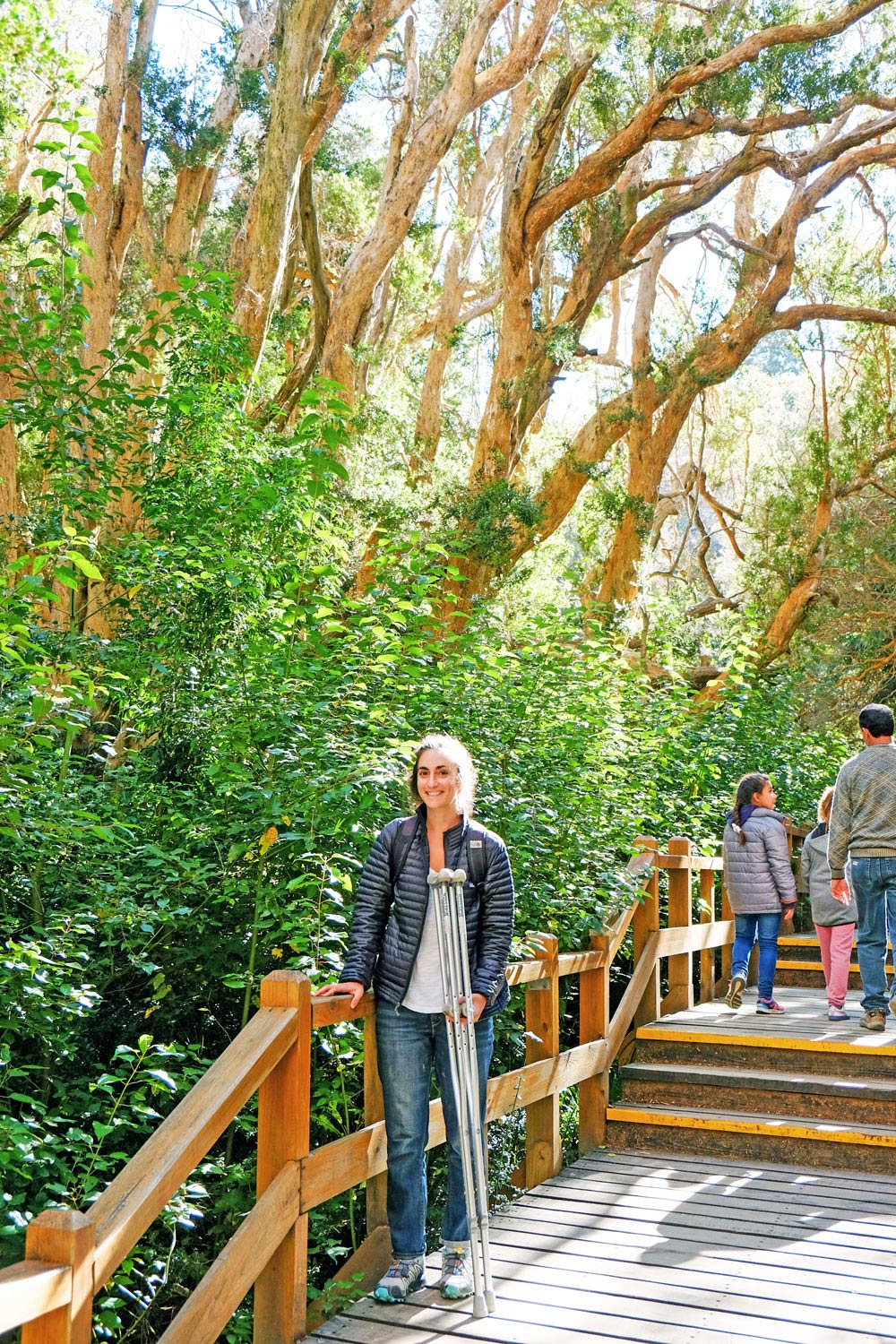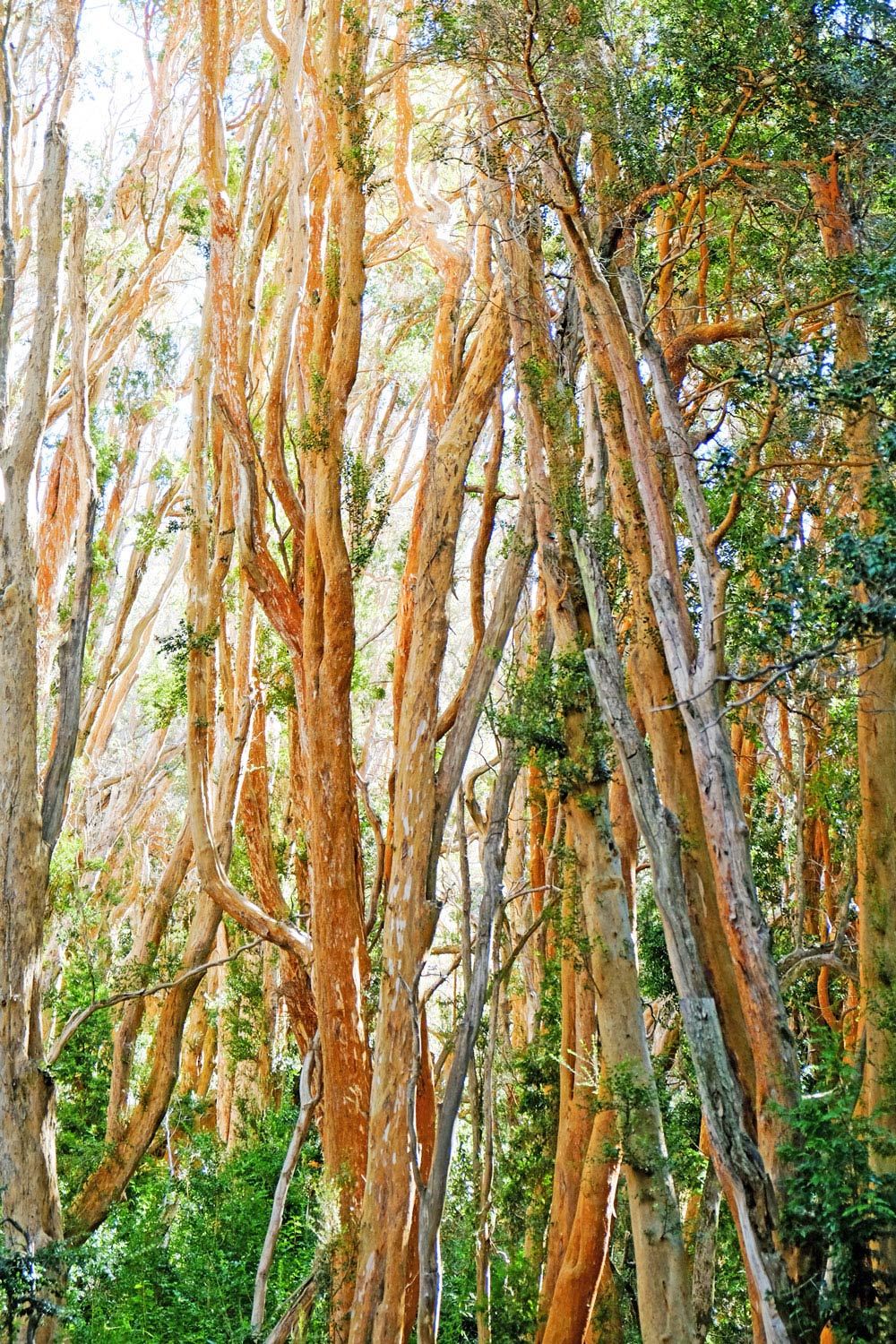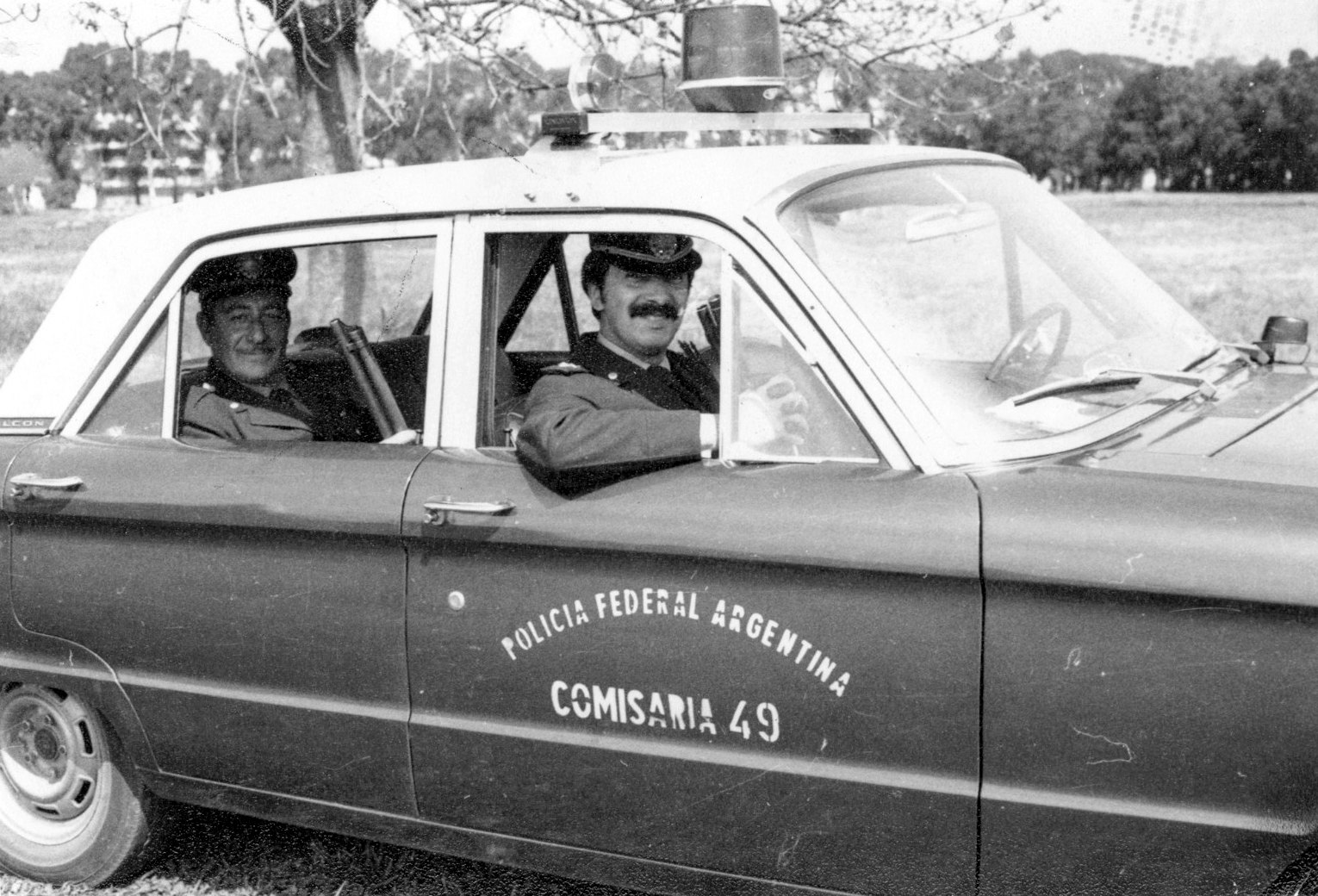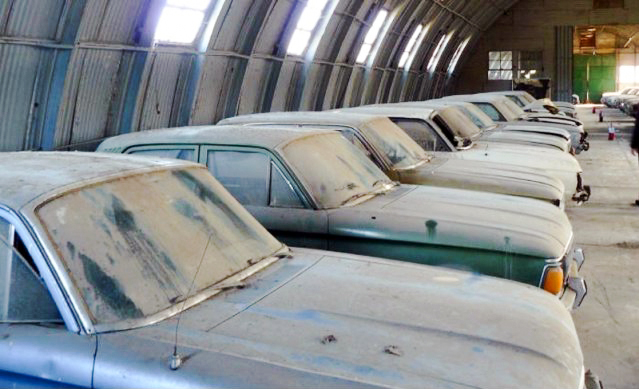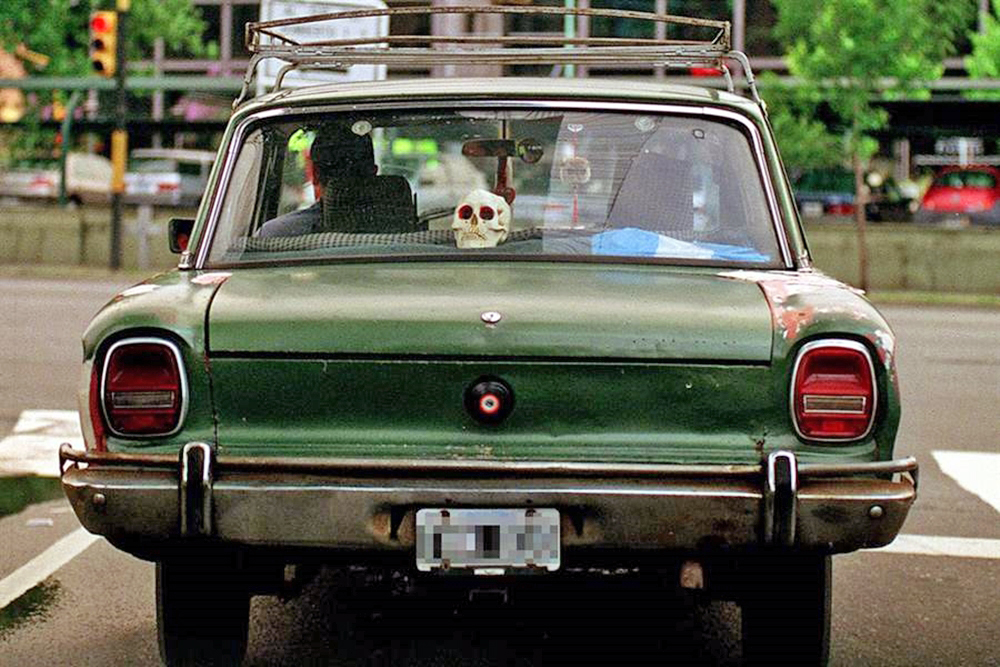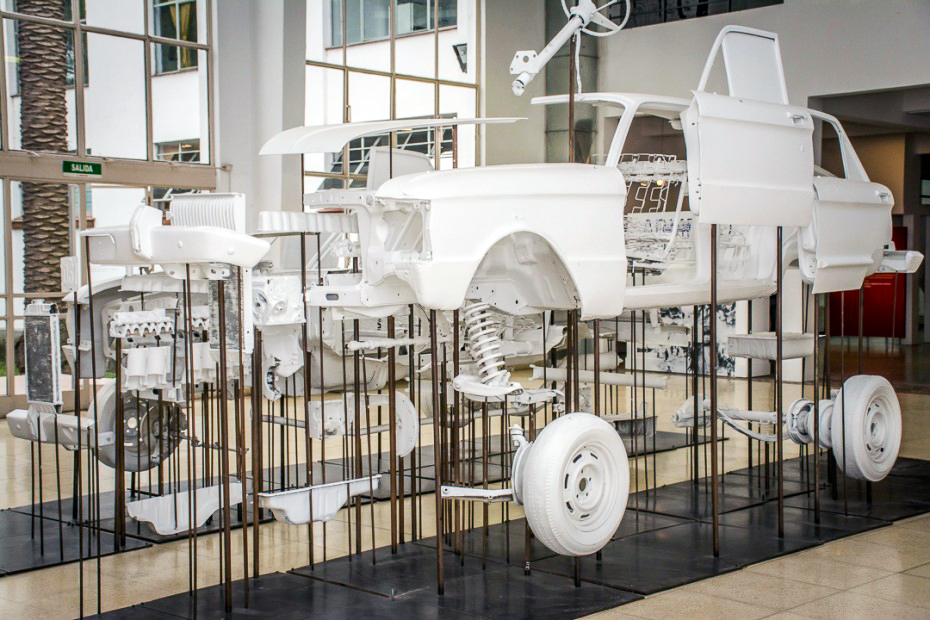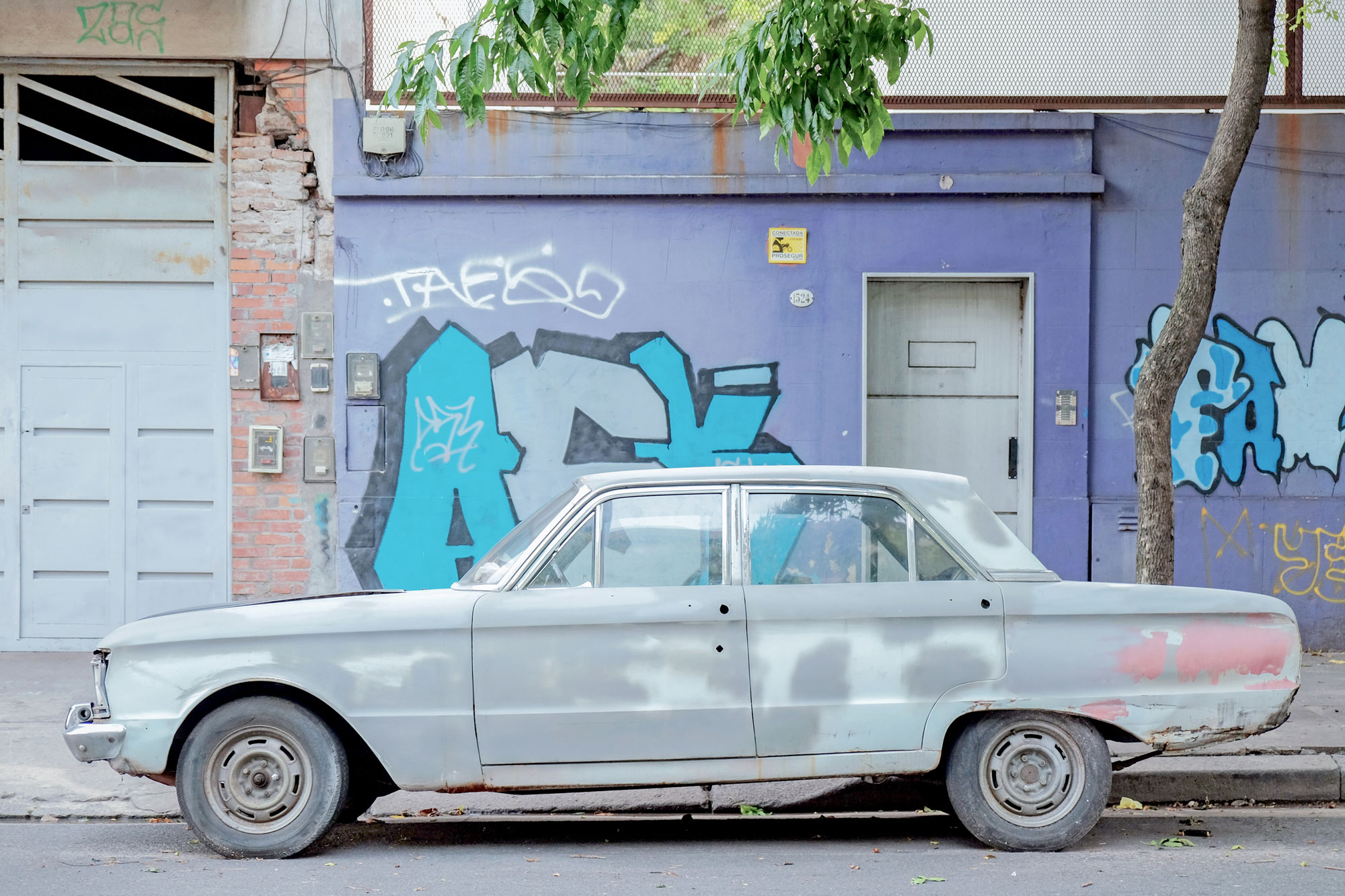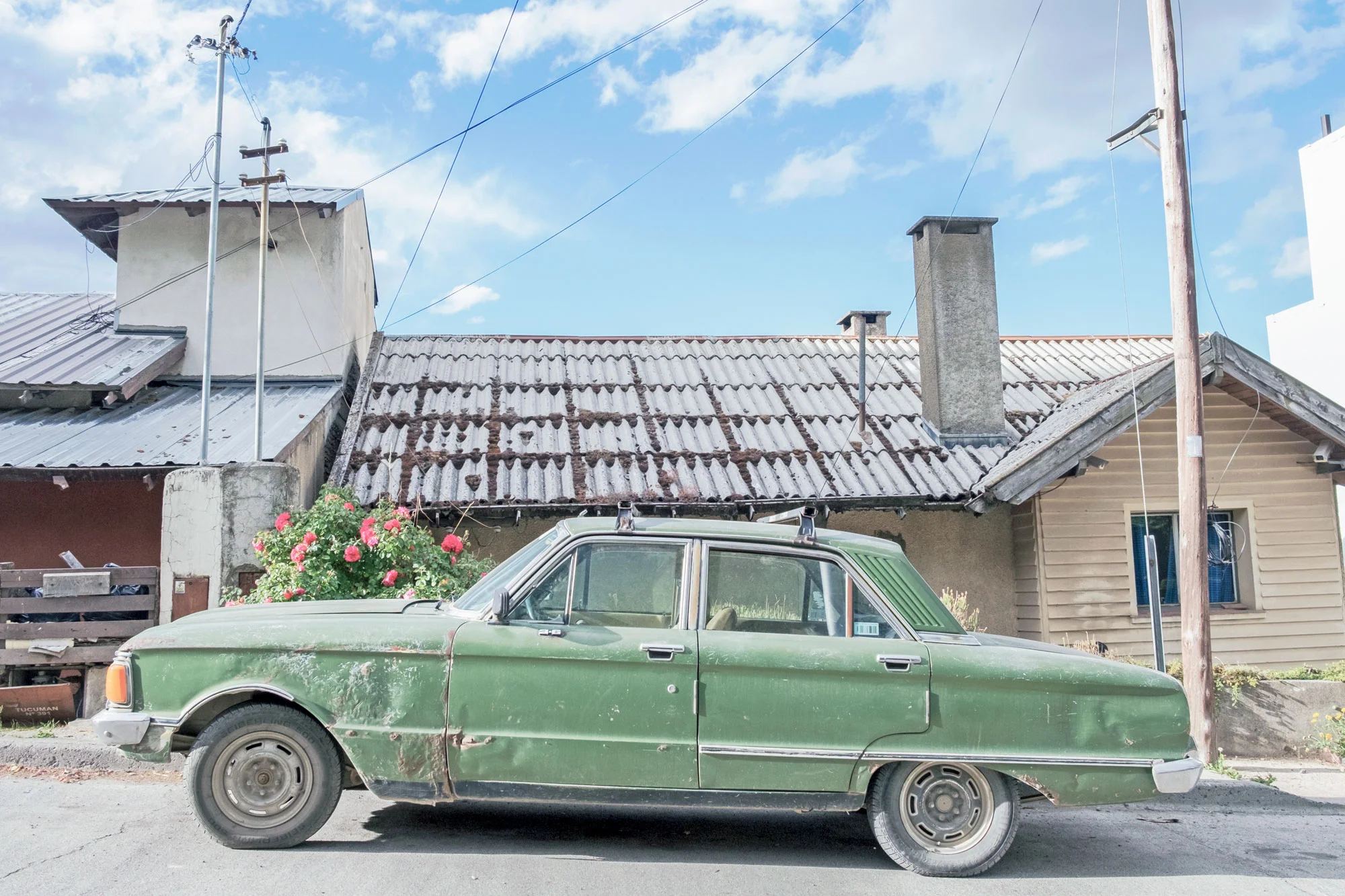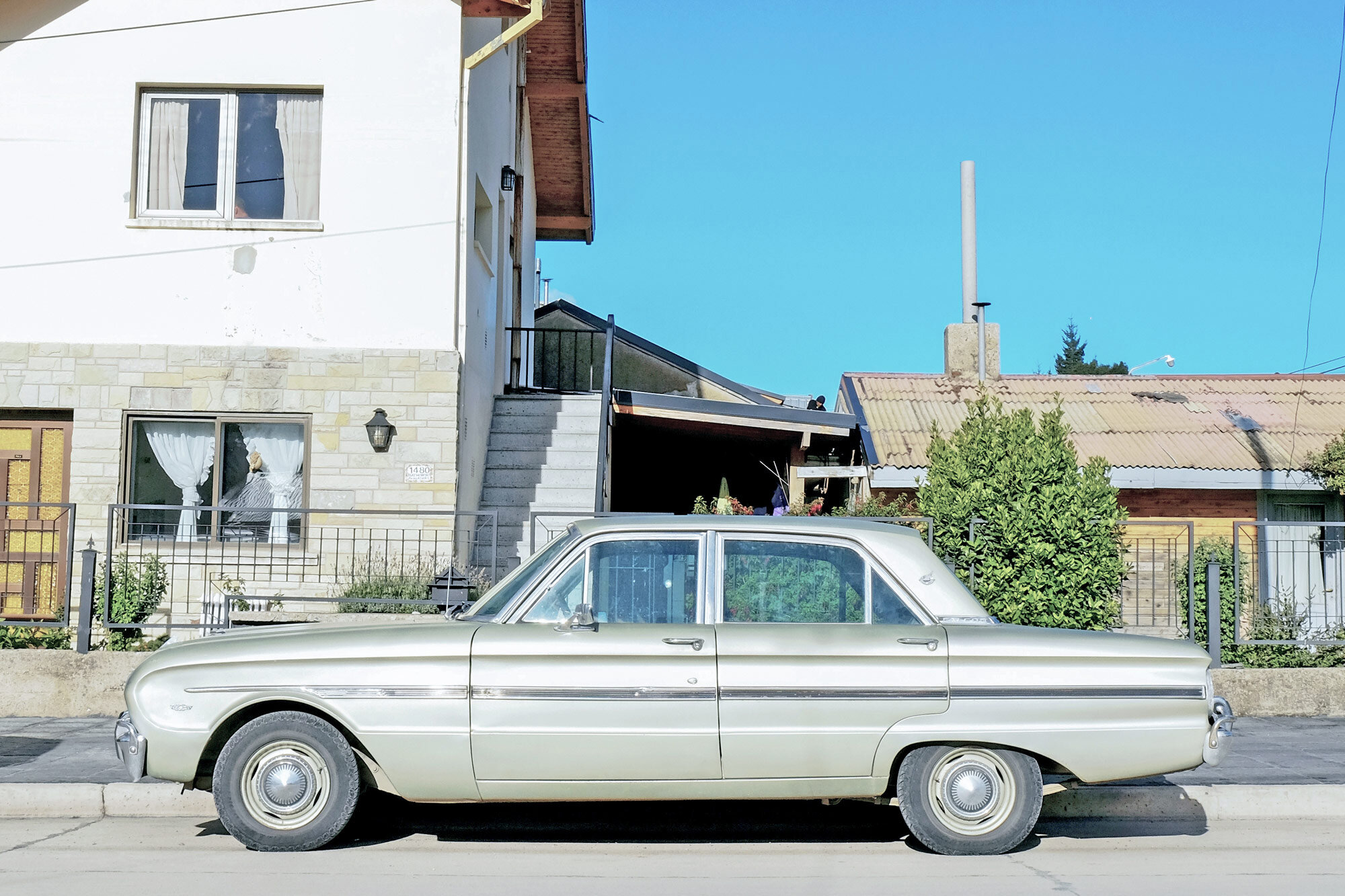A Beautiful Ride to Isla Victoria and the Bosque de Arrayanes
There are many guided tours around Bariloche, but if I had to choose just one, I'd go for the boat ride on Nahuel Huapí aboard Cau Cau catamaran tour. Well-priced with a terrific blend of sights and enjoyment, the Cau Cau tour to Isla Victoria and the Bosque de Arrayane is an easy choice.
With this blog I'd like to give an overview of the day, and share a few photos that I'm happy with. It's early fall here in southern Argentina, and there have been more wet and cold days lately, but we lucked out with tranquil, warm weather.
Going out on the water anywhere, though, even in summer, can be colder than expected, so bring a layer. There is plenty of comfortable seating inside the cabin, if you prefer, and you can even spend a little more for the upstairs dining room experience. I'm getting ahead of myself, though.
Catch bus 20 out to Llao Llao peninsula, and get off at the last stop. There, across from the Llao Llao Hotel, is Puerto Pañuelo - port of call for several boat tours. We boarded the catamaran Cau Cau, and shortly after were on our way.
The tour begins like an airplane flight: everyone seated, receiving instructions. It began to feel like a long time to be seated listening to a crew member going over relevant information (if not overly informative), but all of a sudden: freedom!
I'll admit that I didn't understand a lot of what was being said by the crew member, so it was a surprise to me that feeding seagulls from the deck is part of the trip. A significant part of the trip.
At first I wondered how so many people came prepared with crackers, but then I realized that there were a couple of crew members roving with cameras and snapping souvenirs photos that would be seen later. The birds and the crew knew exactly what to do - it was impressive to watch the whole operation. It did, however, make the top deck area very crowded and difficult to savor. For more space, stay on the main deck where you can walk entirely around the boat with relative ease.
As I mentioned, there's ample space inside to hang out. There are big windows, AC, bathrooms, a commissary, and a few tables even. Before long, though, the boat neared the Bosque de Arrayanes near mainland Villa Angostura, and the herd moved onto land.
The forest has a boardwalk through it, with a short route and a slightly longer route. It's safe for all ages and physical capabilities. Zoë's broken foot was still healing, but even with her limited walking endurance she had an enjoyable time.
Arrayanes are a beautiful protected species of myrtle native to Chile and Argentina that can live hundreds of years. Often slender and wavy, they grow in a variety of shades of orange/red/yellow and have smooth bark. It apparently bears fruit, and its flowers can produce a nice honey. Indigenous Mapuche had medicinal uses for the tree, too.
Some of the crew came along to provide information about the forest, and there was a friendly English-speaking guide who offered his services. There isn't much time allotted for the Bosque - enough for a walkthrough, and a few photos. They began blasting the Cau Cau's horn to keep everyone moving when time was up. Cau Cau then headed for Puerto Anchorena on Isla Victoria.
Your blood sugar might be dipping at that point in the day, and if you forget snacks there is a commissary that serves anything from candy bars to a jamon crudo sandwich. I wasn't overly impressed with the coffee, and wished that I was as smart as all the Argentineans who came prepared with their thermoses and mate gourds!
Isla Victoria is gorgeous. The boat arrives in a protected cove, and as you disembark, perhaps you will meet Sergio. Sergio has badass muttonchops. There's more time to explore Isla Victoria than the Bosque, and your options are a short trail loop, or a visit to nearby Playa del Toro down another nice trail.
On the way to Playa del Toro you will see cave paintings left by Mapuche inhabitants of the island. The region around Bariloche is steeped in Mapuche history. The name Nahuel Huapí originally referred specifically to Isla Victoria, meaning "island of the jaguar." No jaguars survive in the area however. If you're lucky you might spot a pudú, the world's smallest deer.
I turned around when I got to the sunny beach and had enough time to do both trails. There's a settled area of the other hike with some buildings and a pear tree. I didn't stop long enough to investigate what they were, and returned to the trail underneath sequoias and coihues. I also spotted a small cluster of Arrayanes that had an even more vibrant orange/red hue than those in the Bosque. The little I glimpsed of Isla Victoria showed me that it's an inspiring, bio-diverse, magical place.
As the afternoon light faded, we came back to the boat to return to Llao Llao. I felt content with the tour experience even though it seemed to fly by. Zoë and I have never been drawn to guided travel experiences, and being ushered around, but we felt comfortable with the ebb and flow of the day. It was nice, and genuine.
The crew wrapped up with a speech about conservation, and our place in the universe, so that was cool, too. By the time we were close to Puerto Pañuelo the sun had gone behind the mountains and was filtering through. It made for a good last photograph that I went top deck to get. It was a lot calmer up there at that point.









